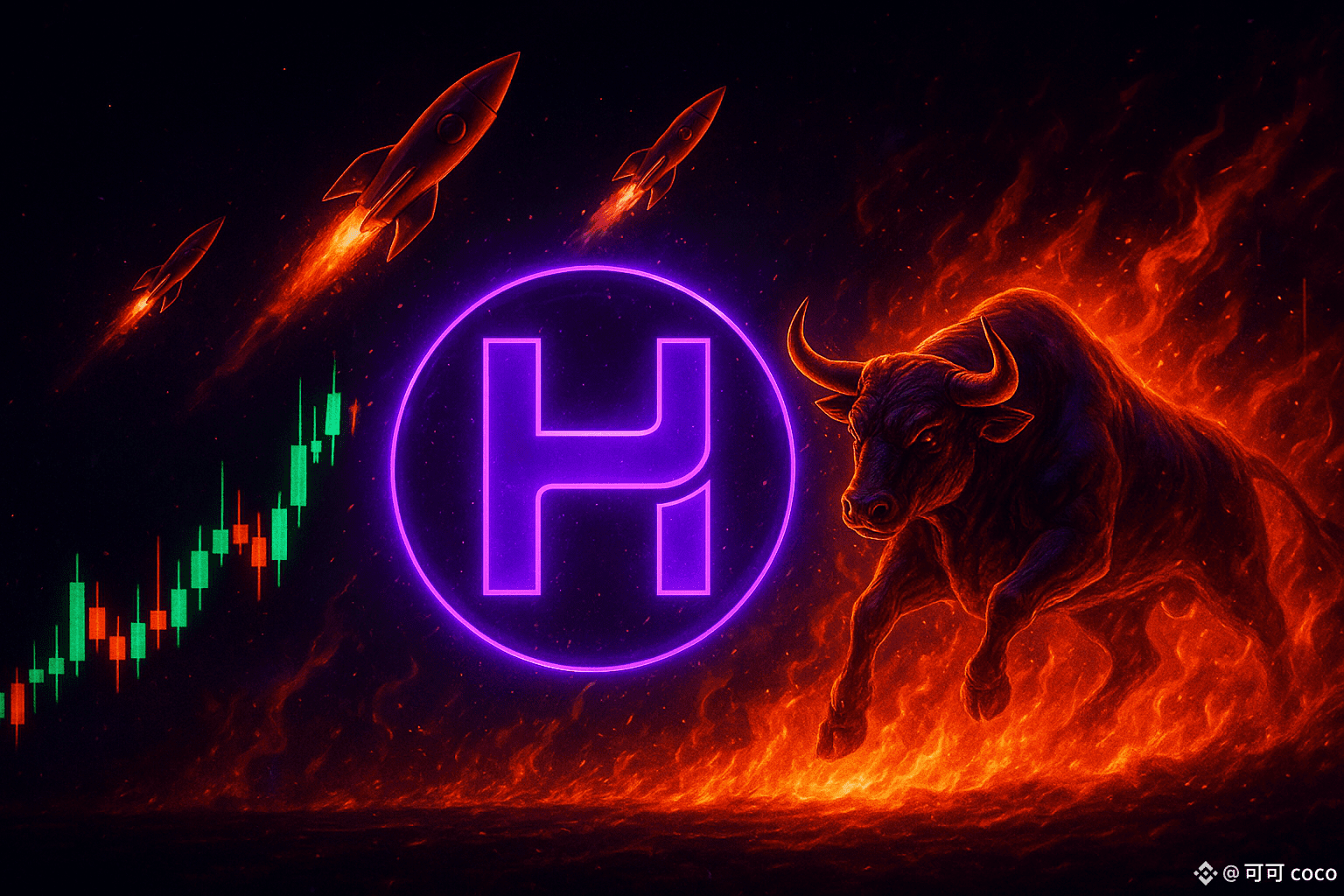
Huma Finance is a payment network built on blockchain. Its goal is to make money move as fast as sending a text. Today, if a shop or company gets paid, they often wait two to three days for banks to clear the money.
Huma fixes this problem by using stablecoins and blockchain rails. It works on Ethereum (EVM), Solana and Stellar.
The huma token powers the network and gives users a voice in decisions. Huma calls this space PayFi finance built for payments.
How It Works on EVM
On EVM chains, Huma uses smart contracts and pools of money (liquidity).
Their example is imagine a card company needs to pay a shop today but the bank money will arrive tomorrow. With Huma, the card company can borrow stablecoins from a pool instantly, pay the shop now and then repay the pool tomorrow when the bank money clears.
This creates instant settlement (T+0). Developers can plug into Huma using normal Ethereum tools, so adoption is easier.
On Chain Data and Market Snapshot
Right now, around 1.7 billion HUMA tokens are in circulation. Market value is in the tens of millions of dollars and daily trade is in the minimum in millions.
On chain explorers show about 3,000 token holders across chains like Binance Smart Chain and Solana. Liquidity pools are live, meaning stablecoin flow is happening so far.
Reports from research firms show billions of dollars already processed through Huma powered payments. You can check sites like CoinGecko or BscScan to see token prices, transfers and big wallet movements.
Expert Notes
Most of the Analysts say Huma is gaining real usage, not just hype.
Data shows $4 to 4.5 billion in transactions so far. Revenue is already coming in from payment services. Experts warn about risks too they are banks must agree to work with Huma, rules from regulators may be strict and if too many people borrow from pools at once, liquidity stress could appear. Analysts suggest watching these may help
1,Pool usage (are funds too stretched?)
2,Loan times and repayment speed
3,Default rates
4,On chain reserves and TVL (total value locked)
5,Stablecoin movement speed
Suggestions
Huma could build a compliance toolkit so banks can plug in quickly without fearing rules.
Huma should focus on a bank SDK (ready to use kit for banks) so adoption grows faster for sure
Huma is not just another token its trying to be the bridge between blockchain speed and real world payments and that's amazing